Our Chinese Ingredients Glossary lists almost every Chinese ingredient we use here on the blog, so if you have a question (e.g. “What the heck is a soy puff?!”), come here and look it up! Some ingredients might be familiar, and some may be things you’ve never seen before.
So get out of your comfort zone a little, and explore your local Asian grocery store using our glossary as a guide. If you don’t have a market near you, we’ve provided some product links for you to locate some of the ingredients online.
We compiled this list for all of you—our loyal readers, followers, and makers of our recipes. If you think we’ve left anything out, feel free to comment below. We update these pages often!
Chinese Sauces, Vinegars & Oils
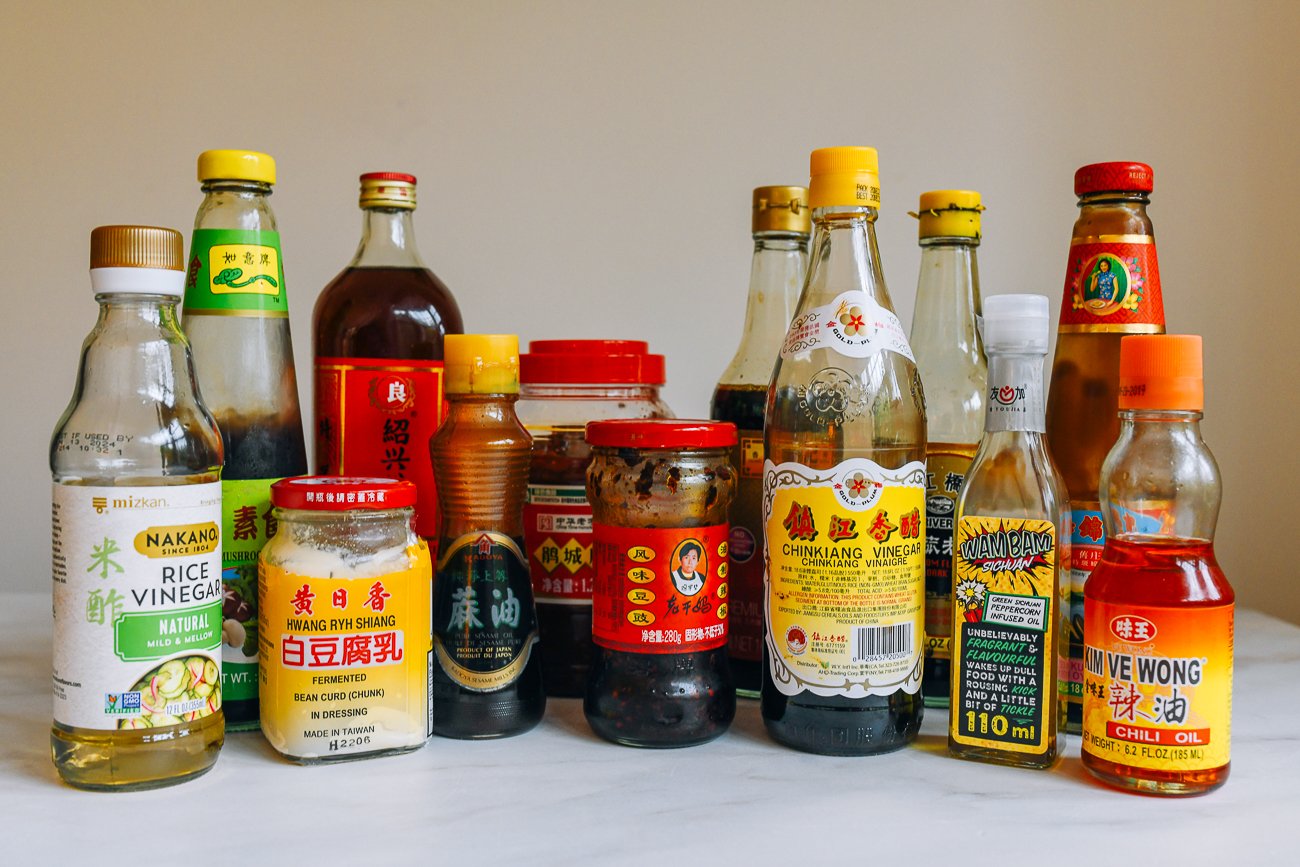
Learn about the various sauces, wines, vinegars, oils, bean pastes, condiments, and other miscellaneous “sauce-like” and related ingredients you might find in our Chinese recipes. We cover the basics as well as more obscure items, explaining what they’re used for, brands we like, and more. You’ll also find links to more detailed articles about each ingredient; just click “Read More.”
Chinese Dry Spices & Seasonings
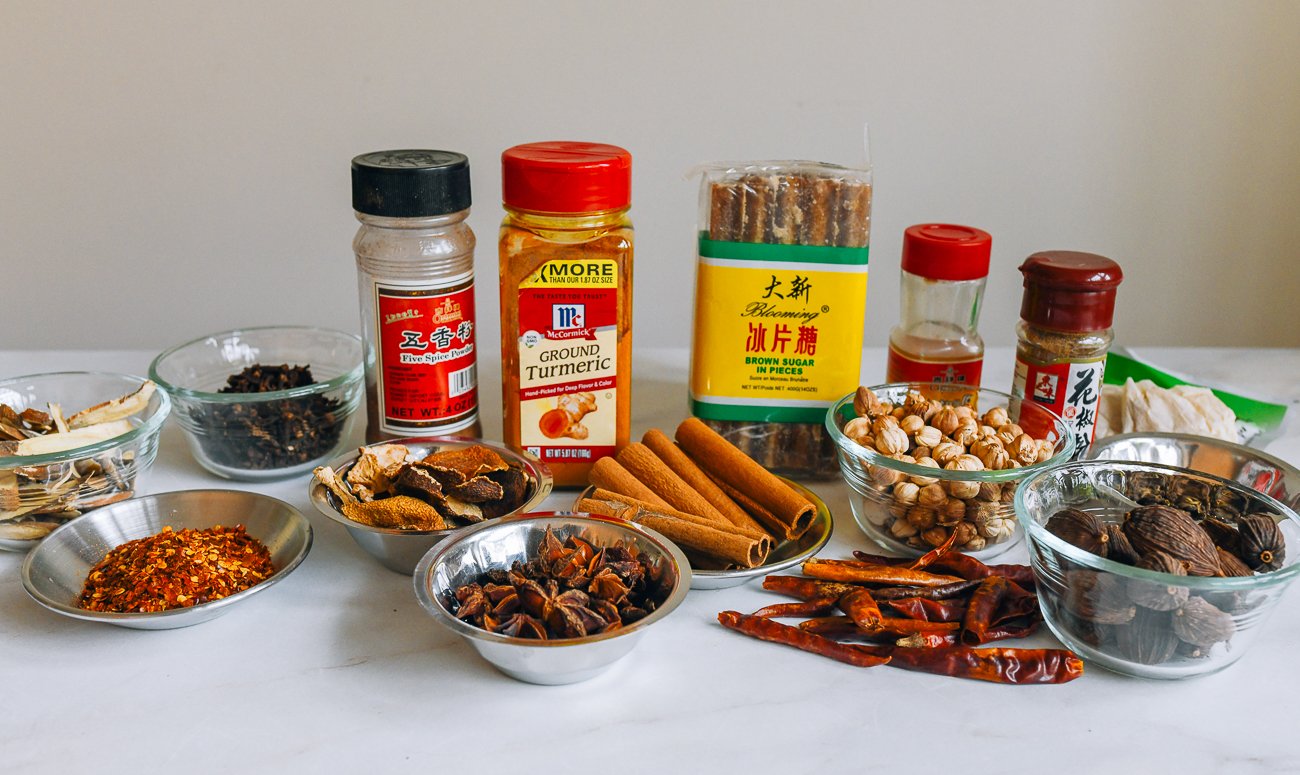
Chinese cooking utilizes a variety of dry spices and seasonings, though it’s not as complicated as you think! A few basic ingredients, and you’ll produce many authentic dishes without compromising on flavor. You may not need every one of these spices in your pantry, but this resource is here if you decided to use one you’re not familiar with!
Chinese Vegetables & Fungi
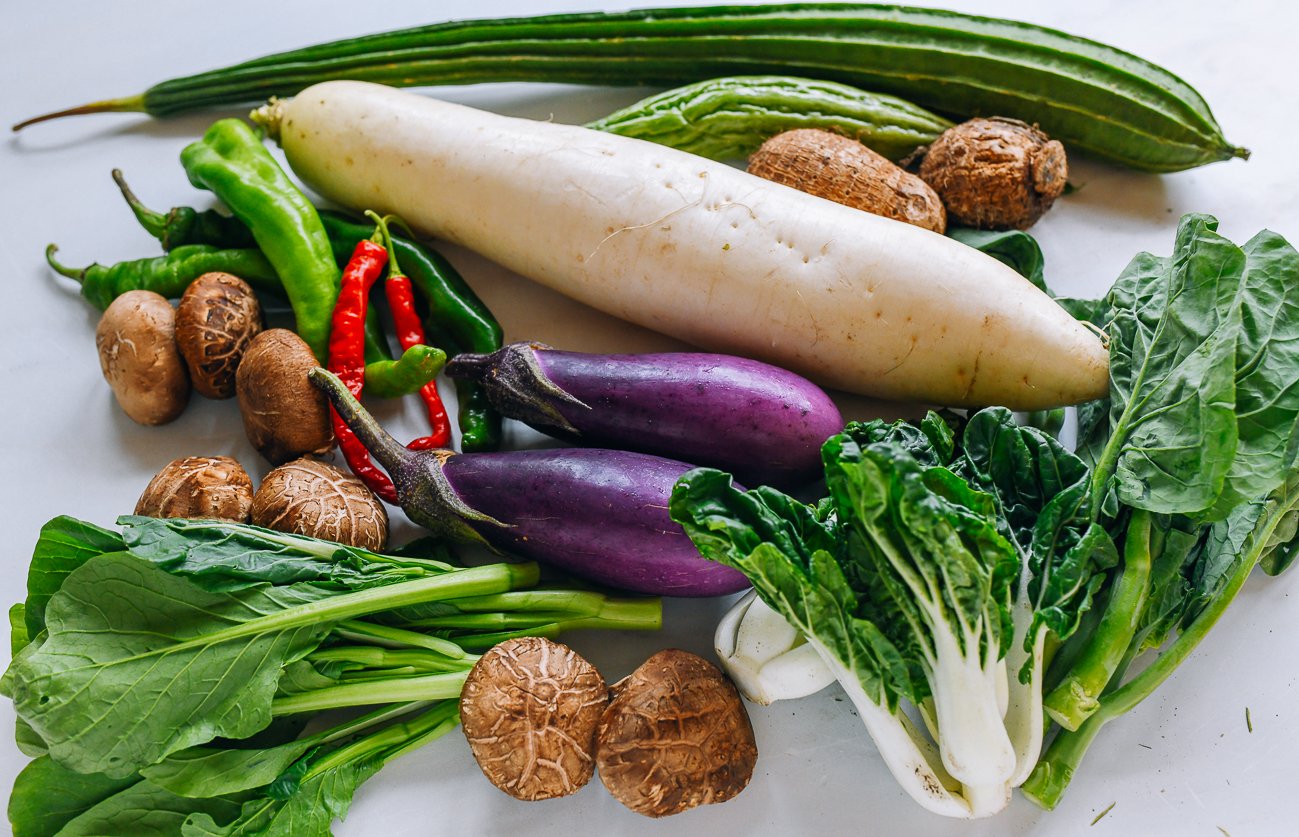
You’d be hard-pressed to find a Chinese table that is without a big plate of vegetables. This is probably one of our biggest categories! From leafy greens, to beans, melons, mushrooms, and more, you’ll find a wealth of produce at your local Chinese grocery store. Keep in mind that we didn’t always include vegetables that are also commonly found in Western cooking.
Chinese Herbs & Aromatics
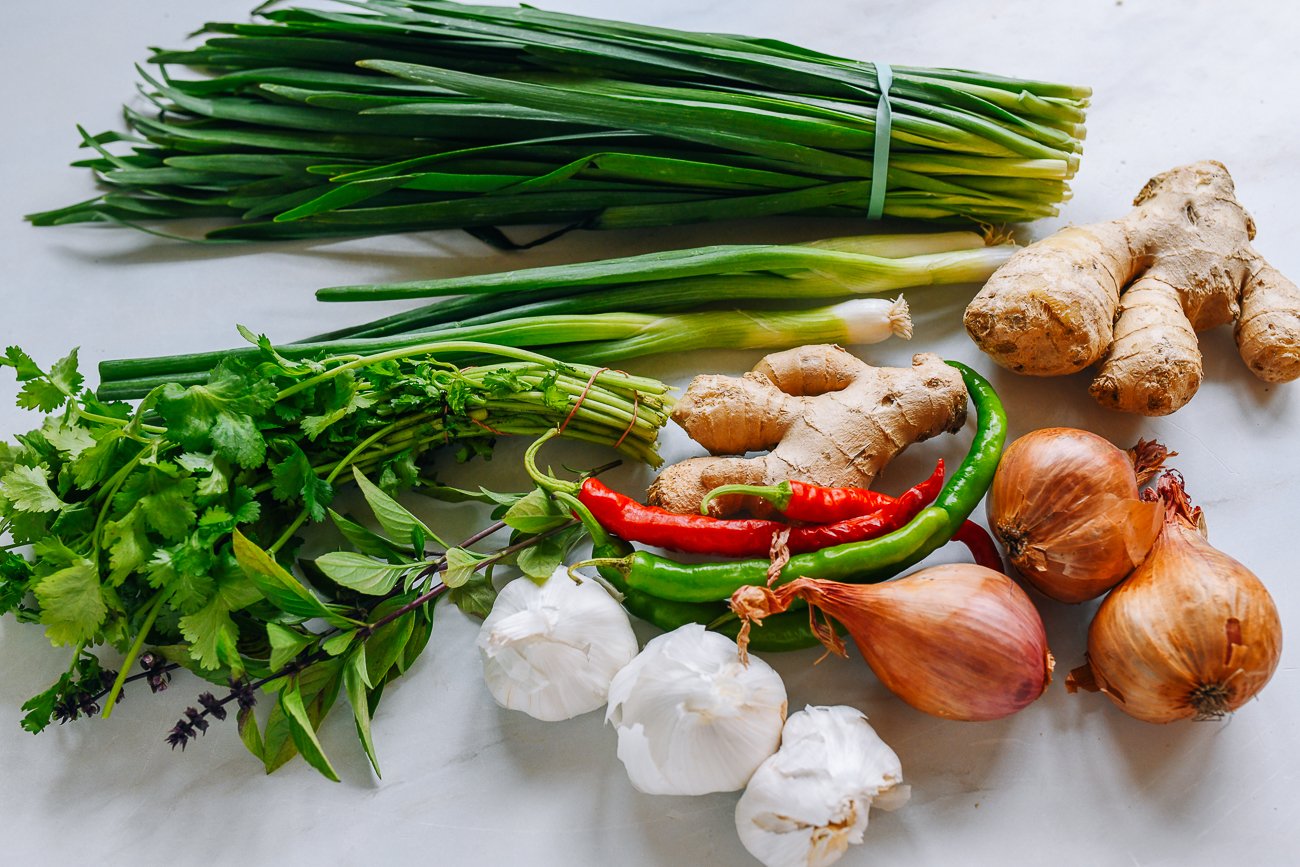
This category contains some items that might overlap with our Vegetables & Fungi section, like chilies, but it mostly outlines the various fresh herbs and aromatics like ginger, shallot, and garlic, that add layers of flavor to Chinese dishes. Many will be familiar, and there are also a few you may not have heard of! Even we discovered some interesting things when we were living in China.
Tofu, Bean Curd & Seitan
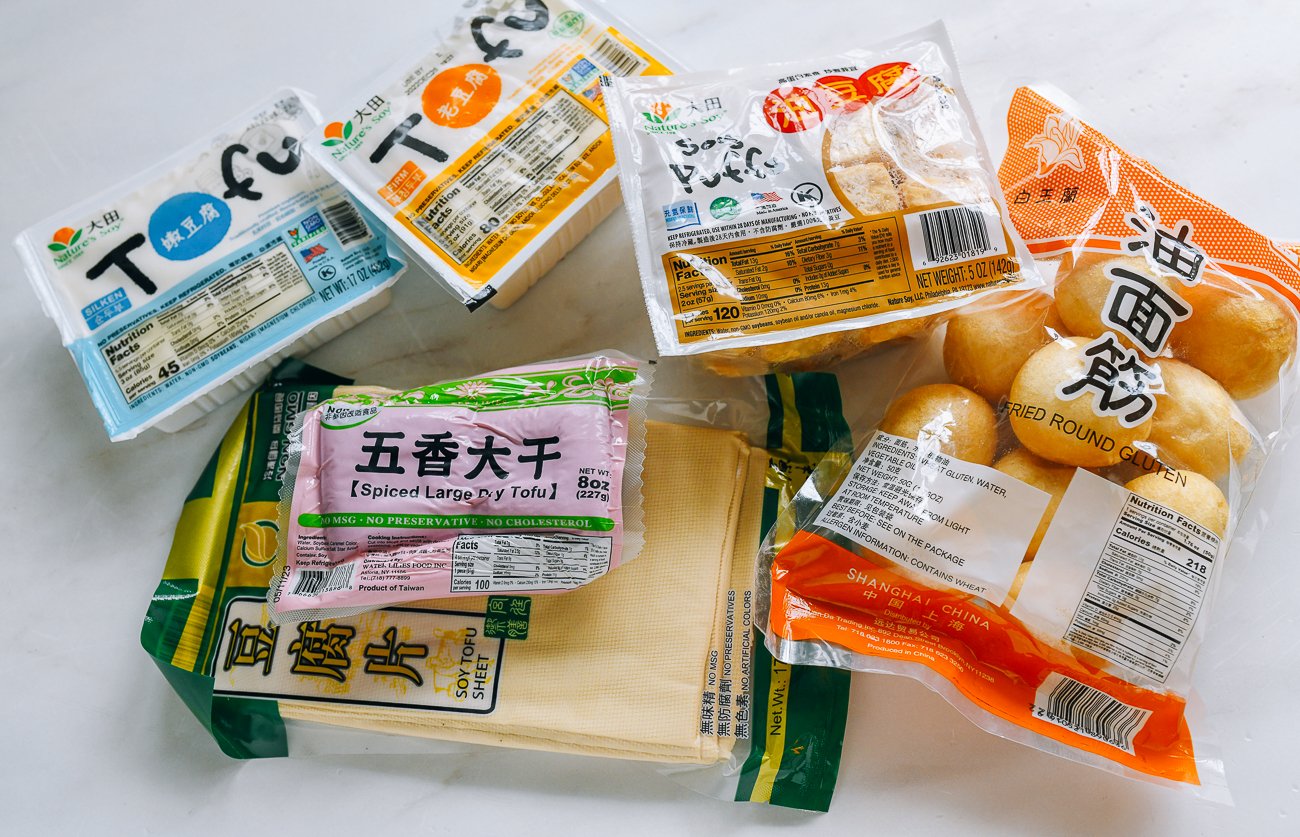
This category includes various types of tofu (made from soybeans) and seitan (made from wheat gluten). Both come in many forms—fresh, dried and even frozen. On this page, we highlight the myriad different types, their various uses, and some of our favorite dishes.
Noodles & Wrappers
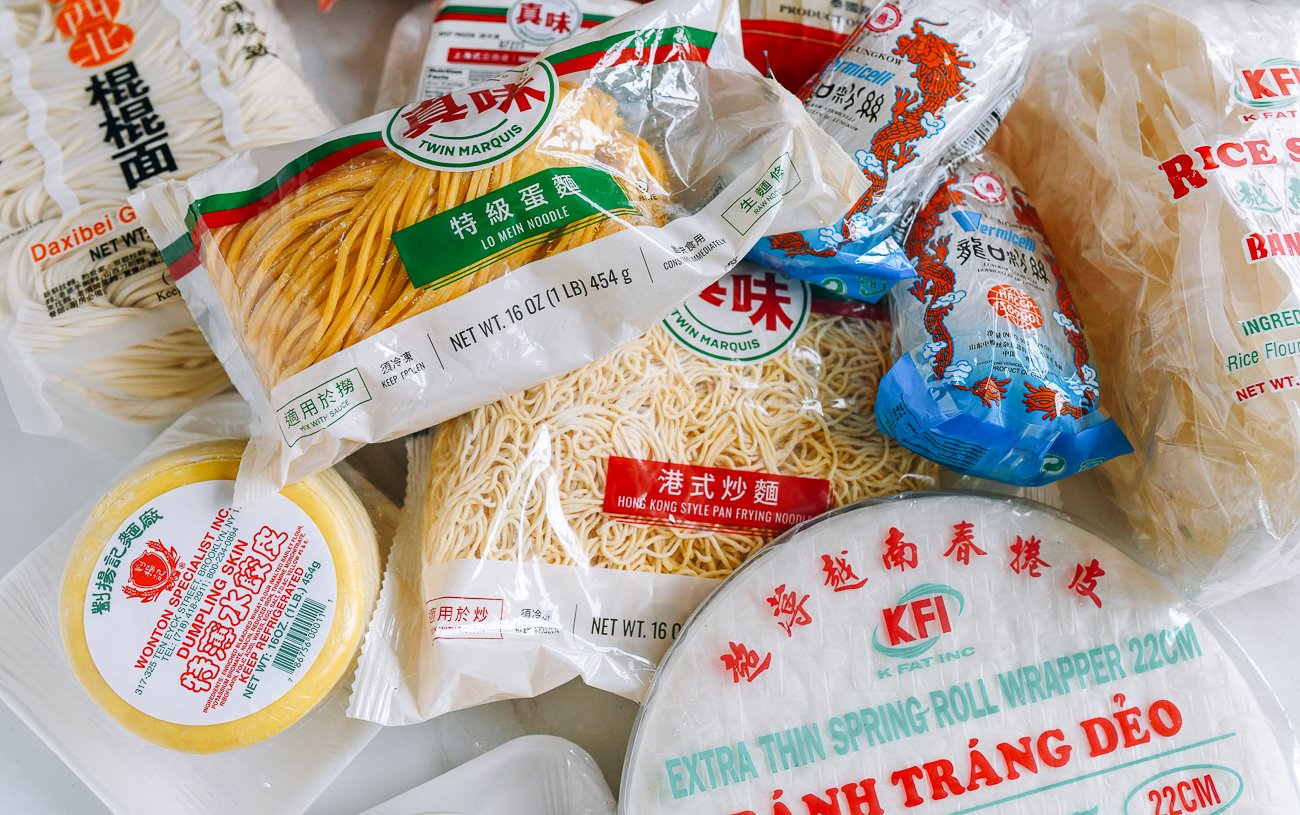
Noodles and dumplings are favorite foods, but there are so many types that sorting through them can be difficult at times. Every week, we get a handful of comments about exactly what type of noodle is right for any given recipe. It’s great that there are so many to choose from, both dried and fresh, but it is indeed a confusing world for noodle newbies. We highlight some of the more popular noodle and wrapper types, and how they should be used in both traditional and modern dishes.
Rice, Grains, Flours & Starches
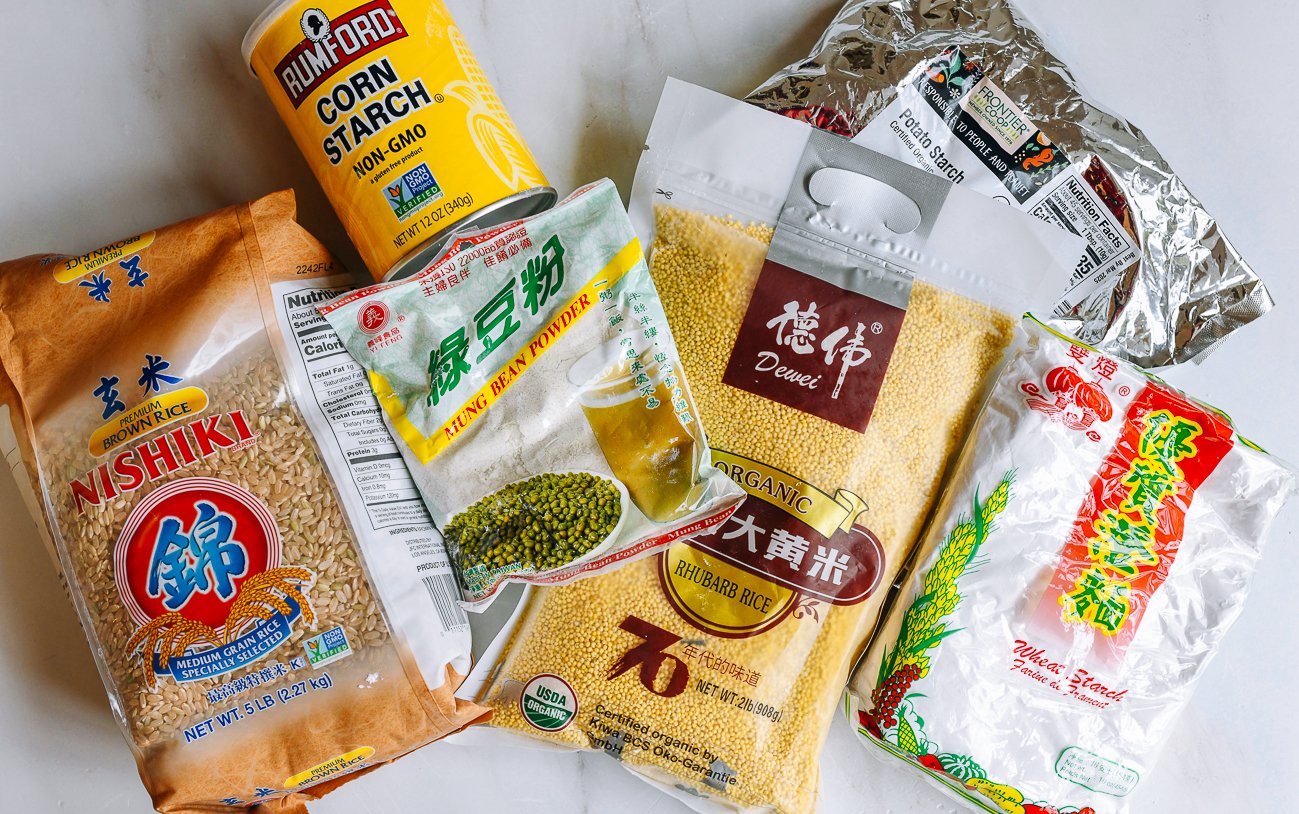
Rice is a well-known staple of the Chinese diet, though there are many types including short grain, long grain, sticky/sweet, brown, red, black, and jasmine scented varieties. Check out our overview of rice, grains, starches, and flours on this page, and see it expand as we, too, expand our horizons and recipes!
Dried & Preserved Ingredients
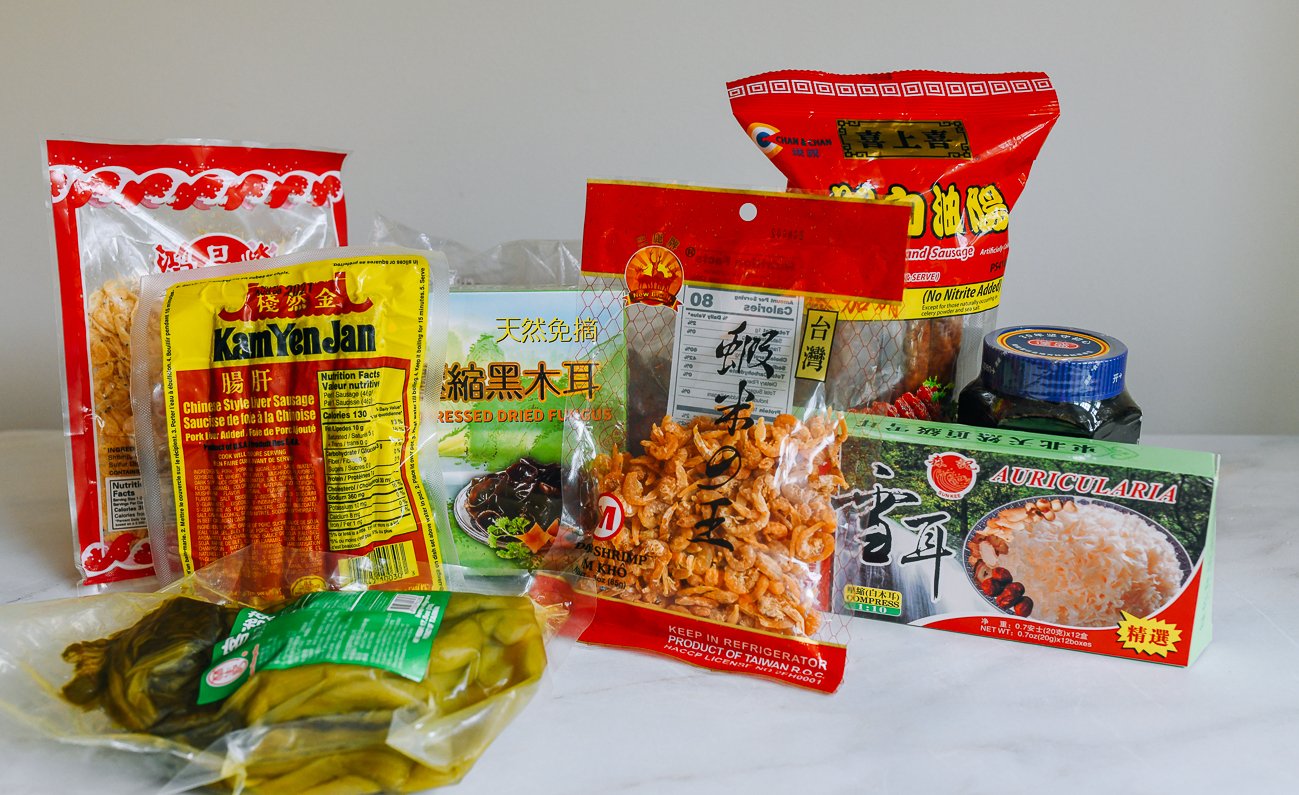
Every culture has its own set of dried and preserved ingredients, but the Asian cultures have a particularly vast history of drying and preserving food. Even within China, dried and preserved foods vary according to region, which we discovered soon after temporarily relocating to Beijing. We were hard-pressed to find any dried shrimp, squid, or fish in any of the markets, and realized that we would have to travel to Shanghai, Hong Kong, or Guangdong (i.e. southern China) to get the best dried seafood ingredients. Peruse our collection in this category of dried and preserved ingredients, as you’ll need them to cook some of our favorite recipes!
Important Disclosure!
Our site includes affiliate links for Amazon, Pearl River Mart, and The Mala Market, which means that if you buy something after following one of these links, you’ll be supporting The Woks of Life at no additional cost to you!
In general, the products in this glossary can be found in any well-stocked Chinese grocery store. If you don’t have one near you, online sources of ingredients include:
Some of the above sources are regional, and others ship nationwide. Some carry only dry goods, while others (usually the regional ones) also carry produce and refrigerated products.
Feeling overwhelmed and need a place to start? The majority of our recipes use the same pantry ingredients over and over, in different configurations! We’ve partnered with Pearl River Mart in Manhattan Chinatown to bring you…
Get our hand-picked pantry essentials in one place!
We worked with Pearl River Mart, a family-owned Manhattan Chinatown institution, in business since 1971, to collect our pantry essentials (and some extras!) all in one gift box! These are the ingredients we use in our own kitchen.
Get The Woks of Life x Pearl River Mart Pantry Essentials Friendship Box!
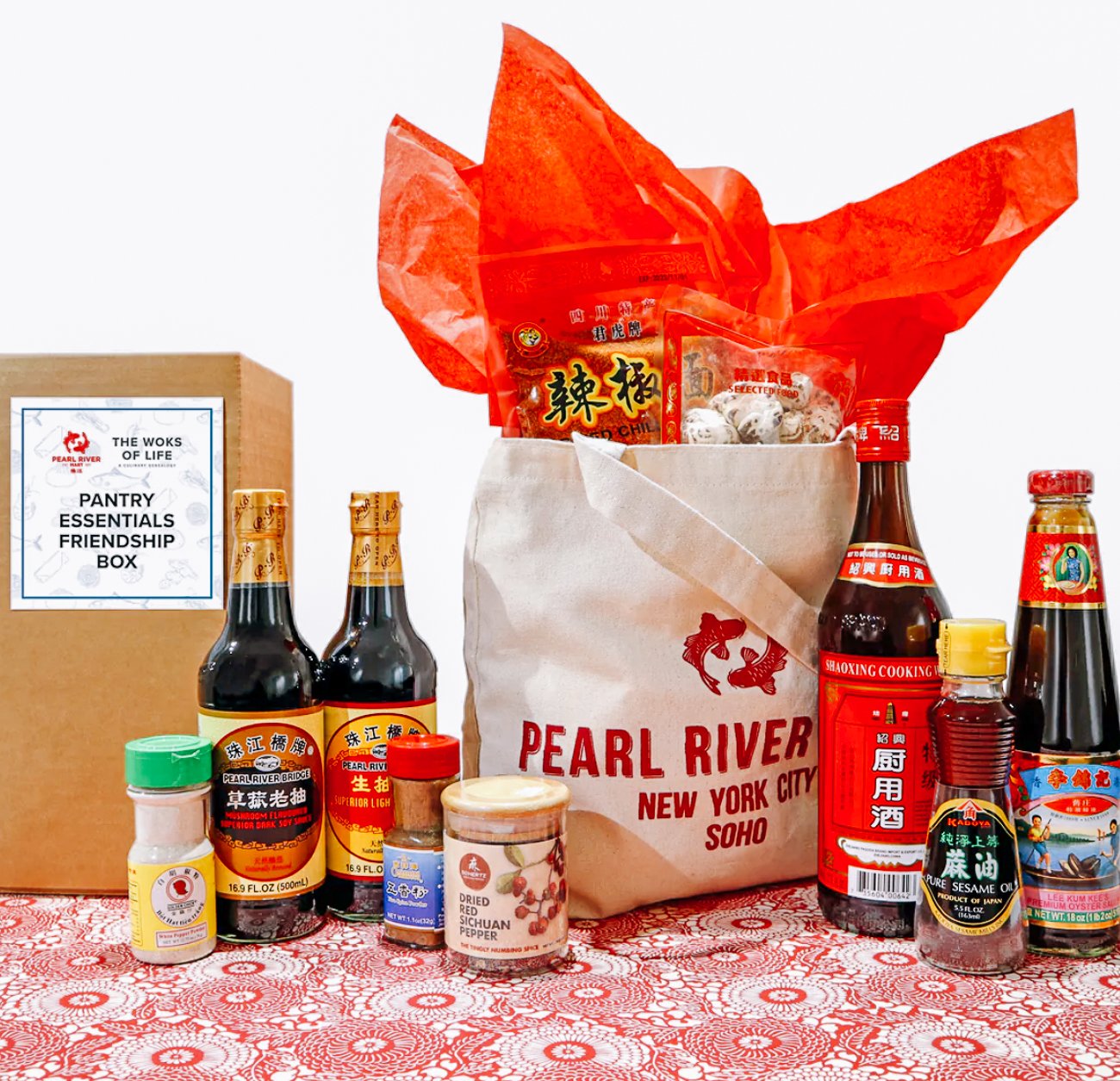
Get it shipped directly to you and start cooking! Or add a copy of our cookbook for a unique wedding/wedding shower, holiday, birthday, or anytime gift! If you want to beef up the gift basket even more, Pearl River Mart sells woks, wok spatulas, and a plethora of other Chinese kitchen equipment! Check out our Chinese cooking tools page for ideas.